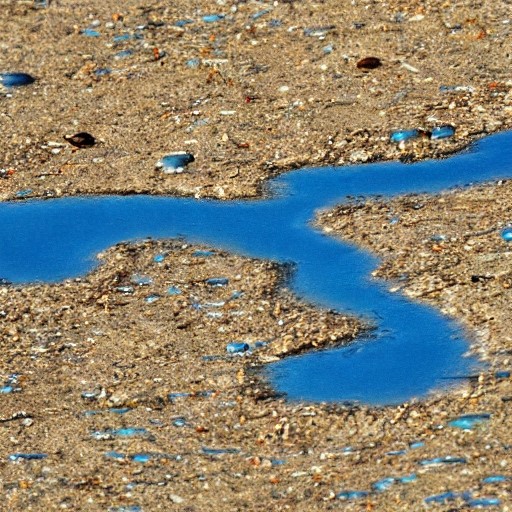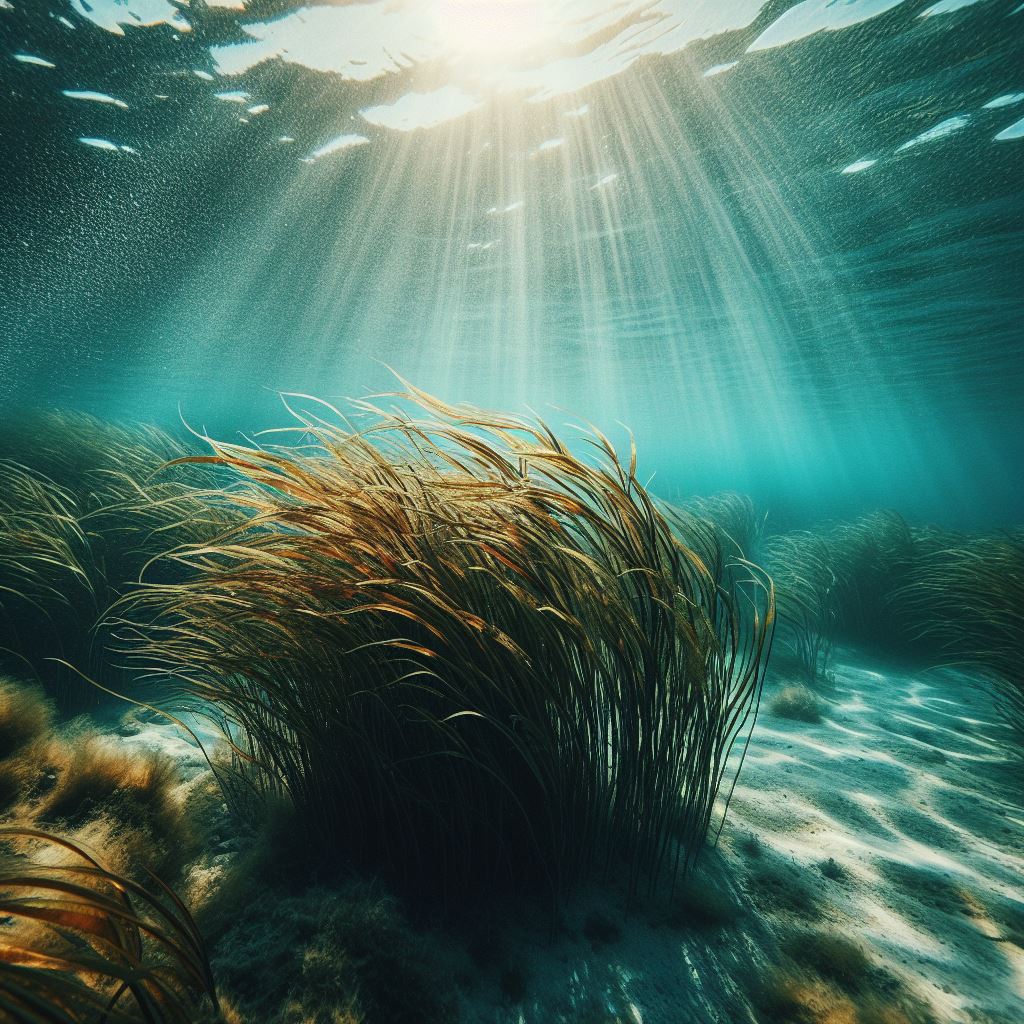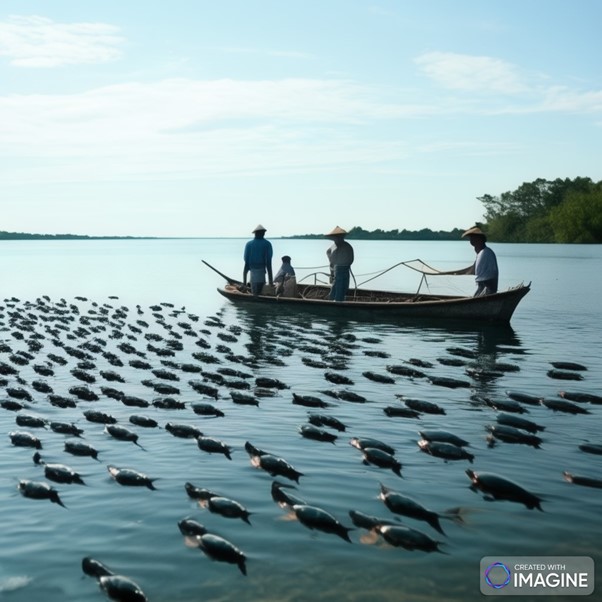Article By: Farah Izana Abdullah
Water pollution poses a serious threat to the aquaculture industry, affecting water quality and the health of organisms within it. Pollution can originate from various sources such as industrial discharge, agriculture, and other human activities. This article will discuss pollution and its impact on aquaculture, as well as strategies that can be implemented to reduce the risk of pollution.
- Water Pollution and Aquaculture:
- Water pollution can lead to a decline in water quality in aquaculture areas, including an increase in harmful chemicals, heavy metals, or pathogenic bacteria.
- Impact on Fish Health:
- The health of fish in aquaculture systems can be significantly affected by pollution. It can lead to diseases, weakened immune systems, and mortality.
- Risk Reduction Strategies:
- Water Quality Monitoring:
- Regular monitoring of water quality to identify immediate changes and take appropriate actions.
- Water Purification Technology:
- Utilizing water purification technologies such as high-filtration systems or biofloc systems to remove pollutants from aquaculture water.
- Waste Management:
- Practicing proper waste management, including the handling of fish feces and leftover feed, to avoid the accumulation of pollutants in the aquaculture system.
- Prudent Site Selection:
- Carefully selecting aquaculture locations, considering factors such as good water flow and distance from potential pollution sources.
- Education and Awareness:
- Increasing education and awareness among farmers, aquaculture managers, and local communities regarding the effects of pollution and preventive measures.
- Sector Standards Compliance:
- Adhering to sector standards helps reduce the risk of pollution and enhances integrated aquaculture practices.
- Partnerships and Collaboration:
- Establishing partnerships and collaboration with stakeholders such as environmental regulatory bodies, researchers, and local communities to formulate effective prevention strategies and measures.
Reducing the risk of pollution in aquaculture requires a holistic and integrated approach. By taking proactive steps, the aquaculture industry can ensure the sustainability of water resources, improve the health of living organisms, and safeguard the future of the industry as a whole.

Date of Input: 06/02/2024 | Updated: 17/04/2024 | izana.abdullah
MEDIA SHARING





























